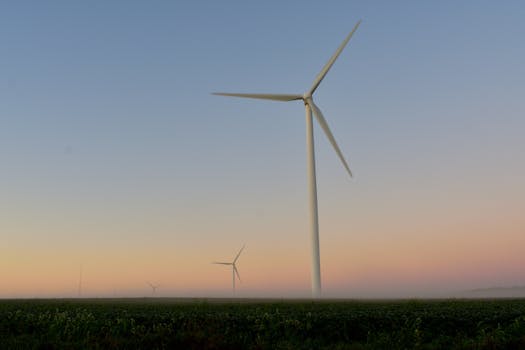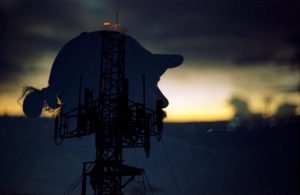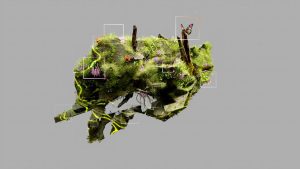High-Tech Horizons: The Evolution of Earth-Orbiting Technologies for Observation

High-Tech Horizons: The Evolution of Earth-Orbiting Technologies for Observation
High-Tech Horizons: The Evolution of Earth-Orbiting Technologies for Observation has been a rapidly advancing field in recent years, with significant improvements in satellite technology, remote sensing, and data analysis. The ability to observe the Earth from space has revolutionized our understanding of the planet and its many complex systems.
Introduction to Earth-Orbiting Technologies
The first Earth-orbiting satellite, Sputnik 1, was launched by the Soviet Union in 1957, marking the beginning of the space age. Since then, thousands of satellites have been launched into orbit, each with its own unique purpose and function. From weather forecasting to navigation, communication, and Earth observation, satellites have become an essential part of modern life.
Evolution of Earth-Orbiting Technologies
The evolution of Earth-orbiting technologies has been driven by advances in materials science, computer technology, and software engineering. The development of new satellite platforms, such as the CubeSat and SmallSat, has enabled the creation of smaller, lighter, and more affordable satellites. This, in turn, has opened up new opportunities for commercial and scientific applications, such as Earth observation, remote sensing, and satellite communications.
One of the key drivers of the evolution of Earth-orbiting technologies has been the need for higher resolution and more accurate data. The development of new sensors and instruments, such as hyperspectral and synthetic aperture radar (SAR) imaging, has enabled the creation of highly detailed images of the Earth’s surface. These images have a wide range of applications, from monitoring crop health and detecting natural disasters to tracking climate change and managing natural resources.
Applications of Earth-Orbiting Technologies
Earth-orbiting technologies have a wide range of applications, from environmental monitoring to navigation and communication. Some of the most significant applications include:
Weather forecasting: Satellites in orbit around the Earth provide critical data for weather forecasting, enabling us to predict storms, hurricanes, and other severe weather events.
Remote sensing: Satellites equipped with remote sensing instruments can gather data on the Earth’s surface, including land use, land cover, and natural resources.
Navigation: Satellites such as GPS and Galileo provide location information and timing signals, enabling us to navigate the globe with precision.
Communication: Satellites in orbit around the Earth enable global communication, including television broadcasting, telephone networks, and internet connectivity.
Conclusion
In conclusion, High-Tech Horizons: The Evolution of Earth-Orbiting Technologies for Observation has revolutionized our understanding of the Earth and its many complex systems. From humble beginnings to cutting-edge innovations, the evolution of Earth-orbiting technologies has been driven by advances in materials science, computer technology, and software engineering. As we look to the future, it is clear that Earth-orbiting technologies will continue to play a critical role in shaping our understanding of the planet and its many mysteries.



